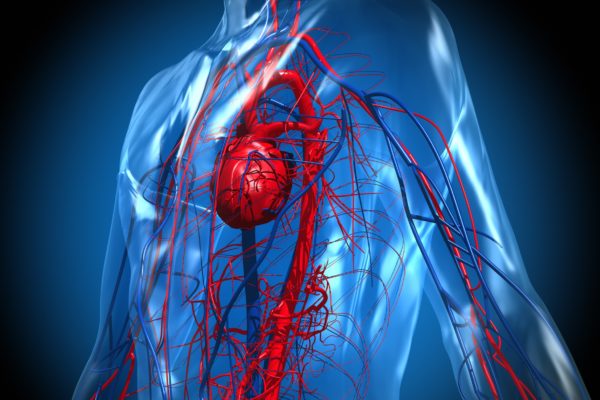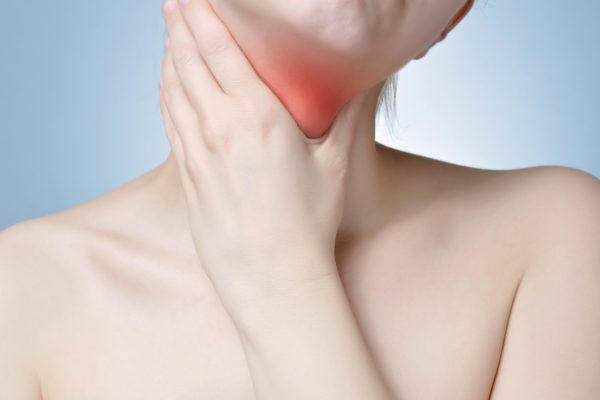
Cancer.gov
When cells in a testicle show unbridled growth, this phenomenon is known as testicular cancer or testes carcinoma. Testicular cancer is a relatively aggressive cancer type that grows fast and spreads rapidly. Despite these facts, it is also one of the more treatable cancers.
The testicles or testes form part of the male reproductive organs and are found within the scrotum together with the epididymis. The testes produce sperm cells and male hormones. Testicular cancer generally originates within the cells that produce the sperm.
Two types of tumour are distinguished:
In Belgium, around 360 men are diagnosed annually with testicular cancer. Usually these men are younger than 50 years old. Most tumours are discovered during an early stage. The 5-year survival rate for men diagnosed during stage I is 100%. But even patients who are diagnosed in stage III still have an 89% chance of being alive after five years.
Testicular cancer is often detected at an early stage. Symptoms include:
There is no known cause for testicular cancer. However, certain risk factors can be identified. These include:
A GP will conduct a physical exam, and possibly prescribe antibiotics at first, since the symptoms of testicular cancer and an inflammation are very similar. Only when the antibiotics have no effect, the patient may be referred to a urologist. He will perform blood tests, but possibly also an ultrasound and even orchiectomy; the removal of the testicle. This procedure is performed frequently, in order to stop the cancer from spreading. After diagnosis, an MRI scan, a CT scan or bone scan may be in order.
The tumour is graded in accordance to the following three stages:
The differentiation of the tumour is an important factor in establishing a prognosis and treatment. This can be determined on the basis of a biopsy. A biopsy involves the removal of a small bit of tissue that can be examined under a microscope. Differentiation determines the degree of mutation in the cancerous cells.
Common treatments for testicular cancer are surgery, radiotherapy, chemotherapy and lymph node surgery, or a combination of one or more of these treatments. An orchiectomy is not only part of diagnostics but also the start of treatment.
If the tumour is of the seminoma type, there are multiple options. This can involve regular check-ups, or surgery, followed by chemotherapy and radiation. In stage III, only chemotherapy is recommended. A cancer that develops according the combination type is treated the same way as a non-seminoma cancer.





